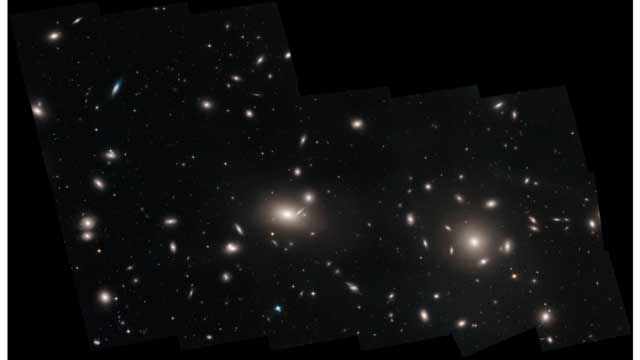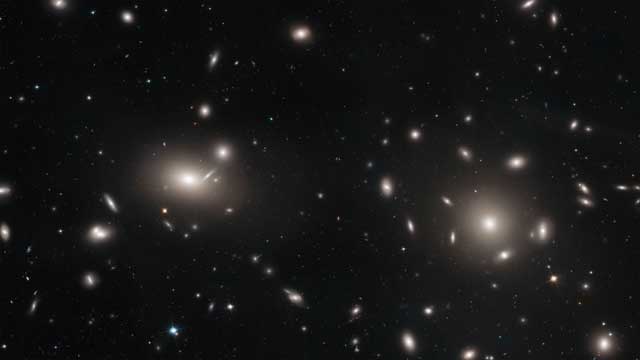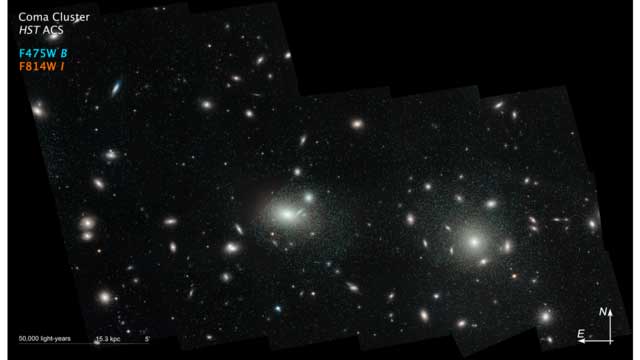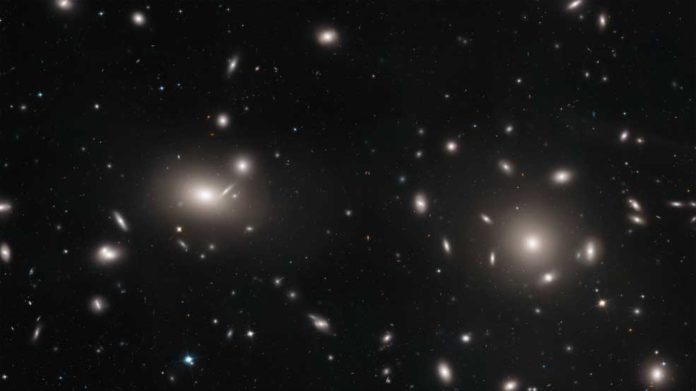While surfing around 300 million light-years into a monstrous city of galaxies, astronomers have used NASA’s Hubble Space Telescope to complete a far-reaching enumeration of a portion of its most diminutive members: an incredible 22,426 globular star cluster found to date.
This exploration will enable astronomers to utilize the globular cluster field to outline the distribution of matter and dark matter in the Coma galaxy cluster, which holds more than 1,000 cosmic systems that are pressed together.
As the globular clusters are so smaller, they can better trace how the fabric of space is distorted by the Coma cluster’s gravity.

Among the earliest homesteaders of the universe, globular star clusters are snow-globe-shaped islands of several hundred thousand ancient stars. They are integral to the birth and growth of a galaxy. About 150 globular clusters zip around our Milky Way galaxy, and, because they contain the oldest known stars in the universe, were present in the early formative years of our galaxy.
Well, some of the globular clusters are visible to the naked eye. But at the distance of the Coma cluster, its globulars appear as dots of light even to Hubble’s super-sharp vision.
The exploration found the globular cluster scattered in the space between the galaxies. They have been stranded from their home universe because of cosmic system close impacts inside the traffic-jammed clusters. Hubble uncovered that some globular clusters line up along bridge-like patterns. This is obvious proof for associations between systems where they gravitationally pull on one another like pulling taffy.

Astronomers primarily thought that the globular clusters extending all the way to the edge of any given photograph of galaxies in the Coma cluster. They then look forward to obtaining more data from one of the legacy surveys of Hubble that was designed to obtain data from the entire Coma cluster, called the Coma Cluster Treasury Survey.
To fill in the exploration gaps, scientists carefully pulled various Hubble pictures of the system clusters taken from various Hubble observing programs. These are put away in the Space Telescope Science Institute’s Mikulski Archive for Space Telescopes in Baltimore, Maryland.
Scientists amassed a mosaic of the central region of the bunch, working with students from the National Science Foundation’s Research Experience for Undergraduates program.

Astronomer Juan Madrid of the Australian Telescope National Facility in Sydney, Australia, said, “This program gives an opportunity to students enrolled in universities with little or no astronomy to gain experience in the field.”
For sifting through Coma mosaic images that contain at least 100,000 potential sources, scientists developed an algorithm that use globular clusters’ color and spherical shape to eliminate extraneous objects — mostly background galaxies unassociated with the Coma cluster.
Madrid said, “Though Hubble has superb detectors with unmatched sensitivity and resolution, their main drawback is that they have tiny fields of view. One of the cool aspects of our research is that it showcases the amazing science that will be possible with NASA‘s planned Wide-Field Infrared Survey Telescope (WFIRST) that will have a much larger field of view than Hubble. We will be able to image entire galaxy clusters at once.”
The study is published in The Astrophysical Journal.
